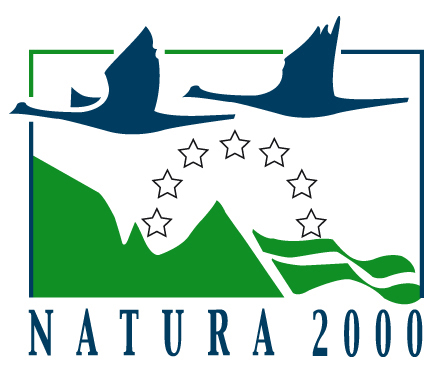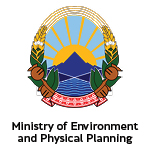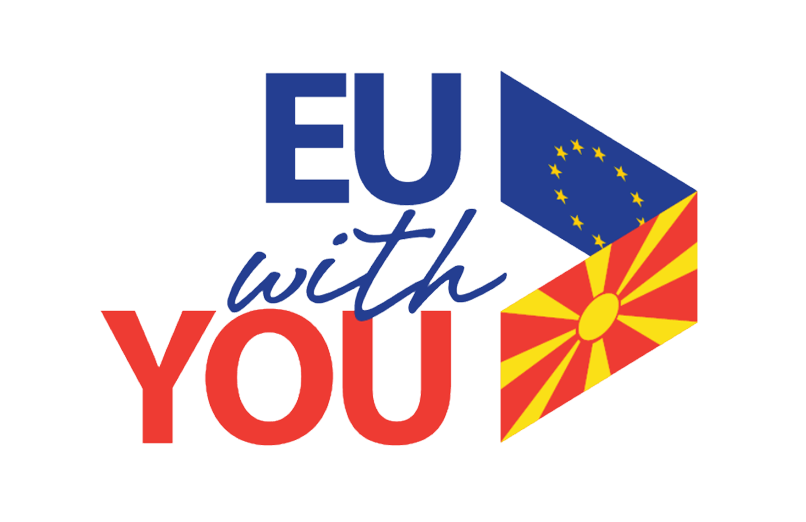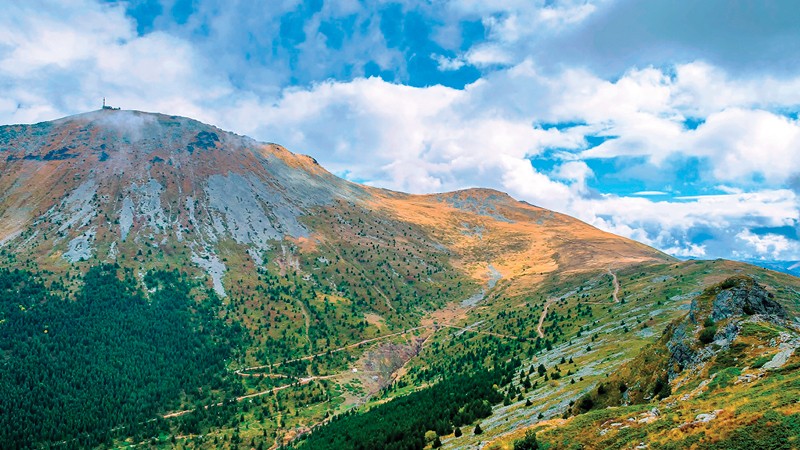Europe takes up less than 5% of the land surface of the Earth. However, it has a huge diversity of plants, animals and landscapes, some of which are found nowhere else in the World. In order to protect its nature, the European Union has established an ecological network, called Natura 2000, the largest coordinated network of protected areas in the world. It accounts for over 18% of the mainland and nearly 6% of the marine territory of the EU. It provides home for endangered species of plants and animals. It is a network of core breeding and resting sites for rare and threatened species, stretching across all EU countries and is being introduced in the candidate countries as well.
The aim of the Natura 2000 network is to ensure the long-term survival of Europe’s most valuable and threatened species and habitats, listed under the EU Birds Directive and the EU Habitats Directive.
In fact, the Natura 2000 network was born in 1992, with the adoption of the EU Habitats Directive, which protects wildlife and natural habitats in Europe. On the other side, the EU Birds Directive was adopted in 1979, with the most important goal of protecting the wild birds species and their most important habitats in the European Union. With this Directive some activities are restricted, such as keeping and sales of wild birds. It also introduces legal mechanisms for regulation of activities such as hunting, so that sustainability is ensured.
In order to present the Natura 2000 sites, the Natura 2000 viewer has been created. It is based on the most recent EU wide Natura 2000 dataset that the European Environment Agency (EEA) has created on the basis of the data received from the 28 EU Member States. You can look at the Natura 2000 Habitats Directive and Birds Directive sites throughout European Union on the following link.
Natura 2000 network has two types of areas: Special Protected Areas (SPA), which are established in accordance with the EU Birds Directive, and Special Areas of Conservation (SAC), according to the EU Habitats Directive. After substantial work from various institutions and scientists, the candidate countries make a list of suggested areas to become part of Natura 2000, and once the country joins the EU they are subject of approval by the European Commission and they become official part of the Natura 2000 network.
It is important to note that Natura 2000 doesn’t just refer to protection of nature, but is based on a much broader principle of conservation and sustainable use, where people and wildlife can coexist in harmony.
The concept of Natura 2000 is not intended to exclude human activities. The main objective is to provide areas of the Natura 2000 network to be managed in a sustainable manner, both ecologically and economically, thus improving the protection and conservation of key species and habitats, while still allowing activities to take place. In most cases this doesn’t impose significant limitations but rather implementation of conservation measures by the people who share their living space with threatened species and habitats.
Natura 2000 is sometimes perceived as something in conflict with the development of the human civilization, specifically in the socio-economic aspects. However, we are all part of the ecosystem of the planet and social development can be done in a sustainable manner, taking into account both the needs for development of civilization as well as maintaining the environmental equilibrium. Natura 2000 is the backbone of the European Green Infrastructure, which provides ecosystem services (food, raw materials, clean air and water, leisure, etc.) and then ensuring present and future development. In this direction, informing people about Natura 2000 substantially affects its proper implementation and the overcoming of unfounded fears. The aim is also to create partnerships with stakeholders and the local population, where civil society organizations, local self-government and business society have crucial role.




